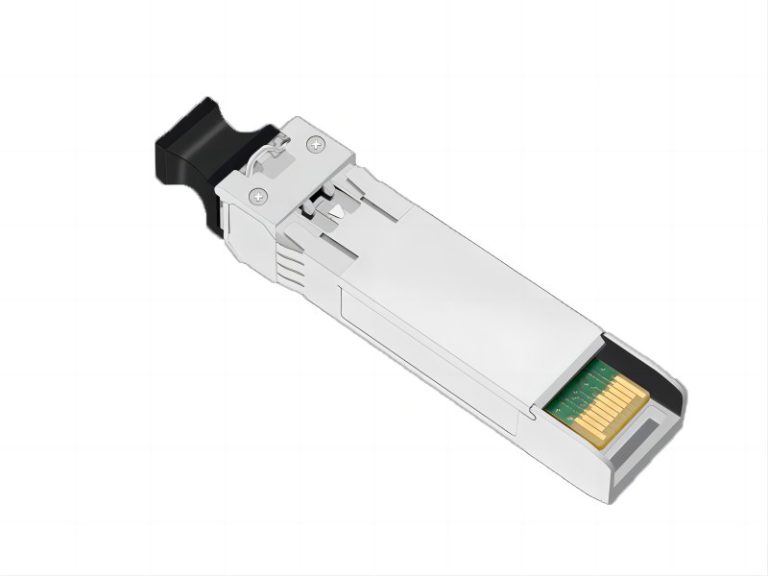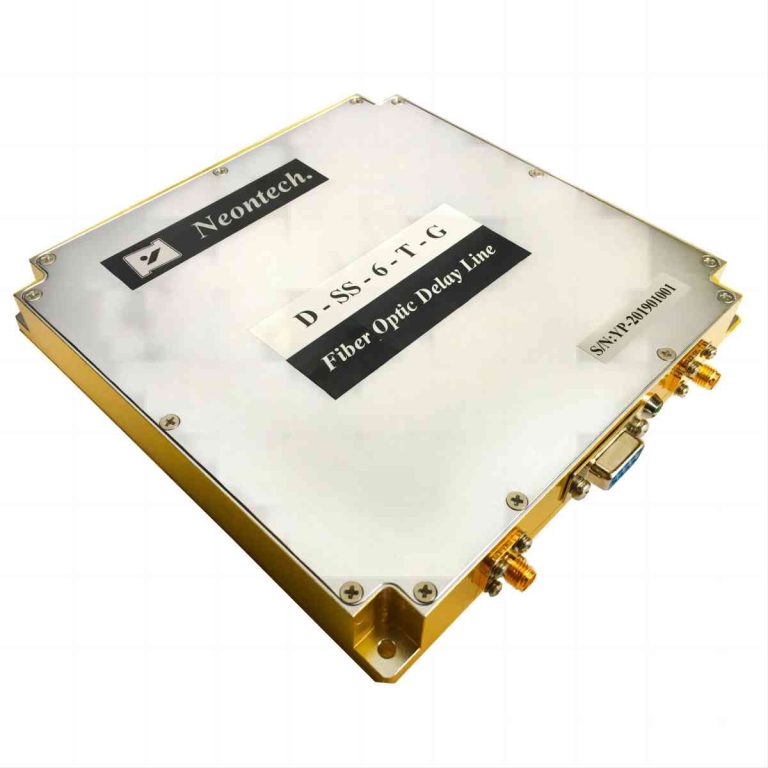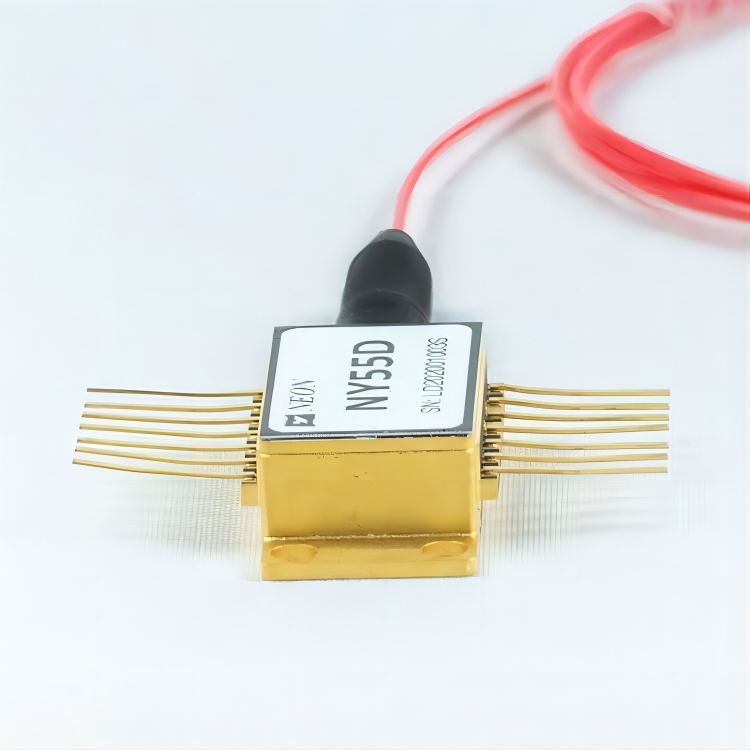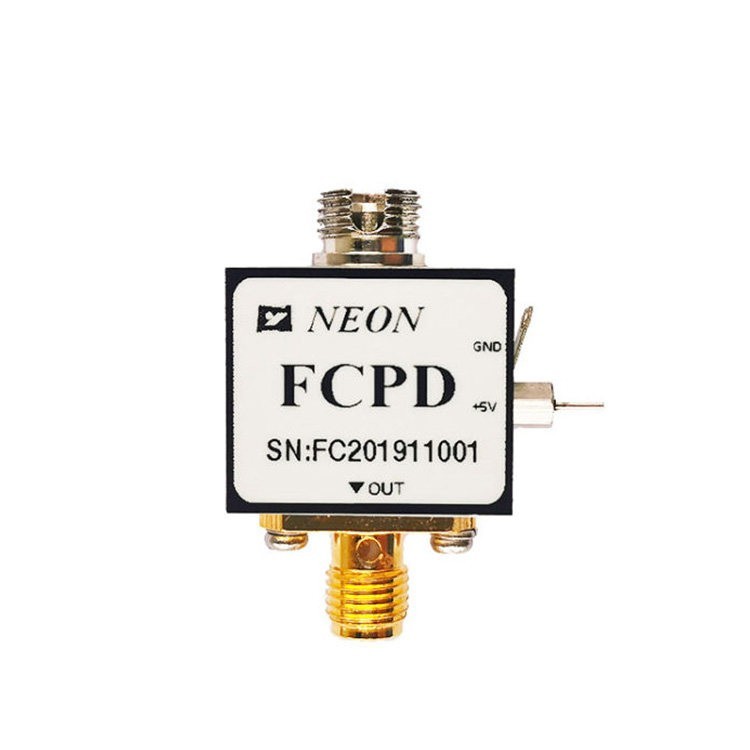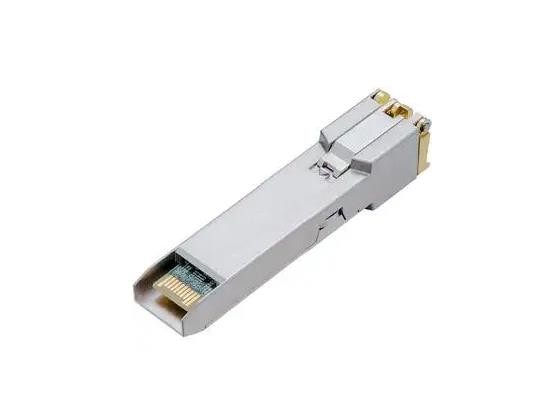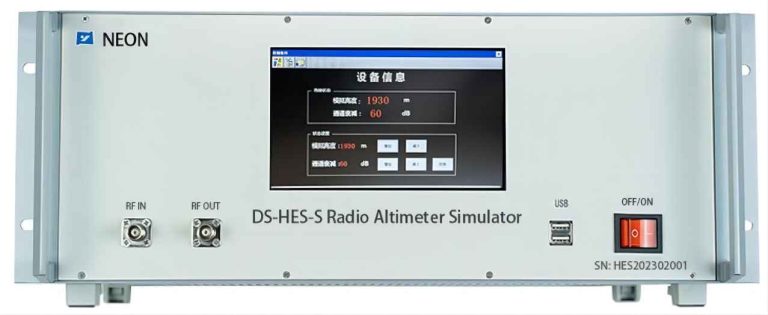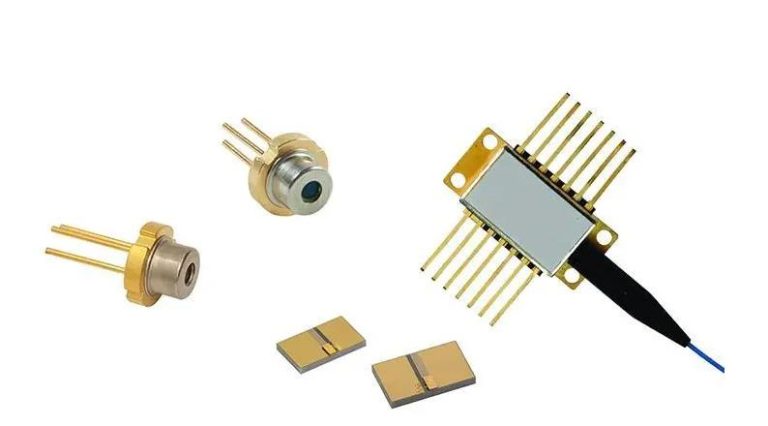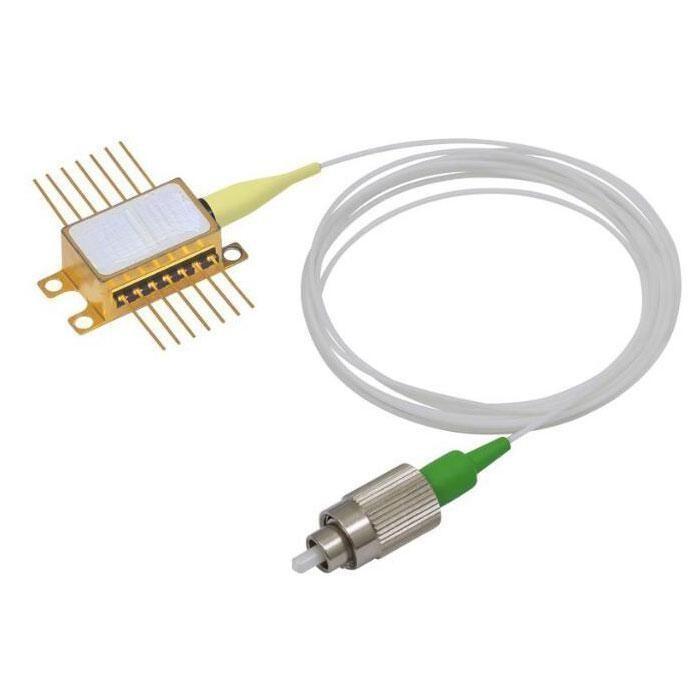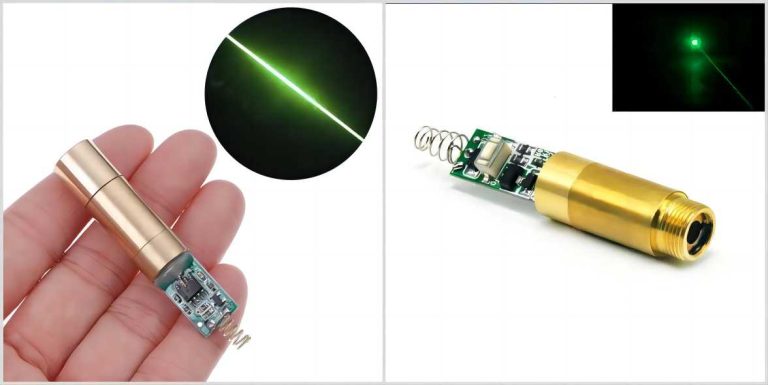The Role and Importance of Optical Transceivers in Data Communication
In the rapidly evolving landscape of data communication, optical transceivers play a crucial role in enabling high-speed, long-distance, and efficient transmission of information. These optoelectronic devices facilitate the conversion between electrical and optical signals, forming a bridge between the digital world and the realm of light. In this article, we will delve into the primary functions,…

